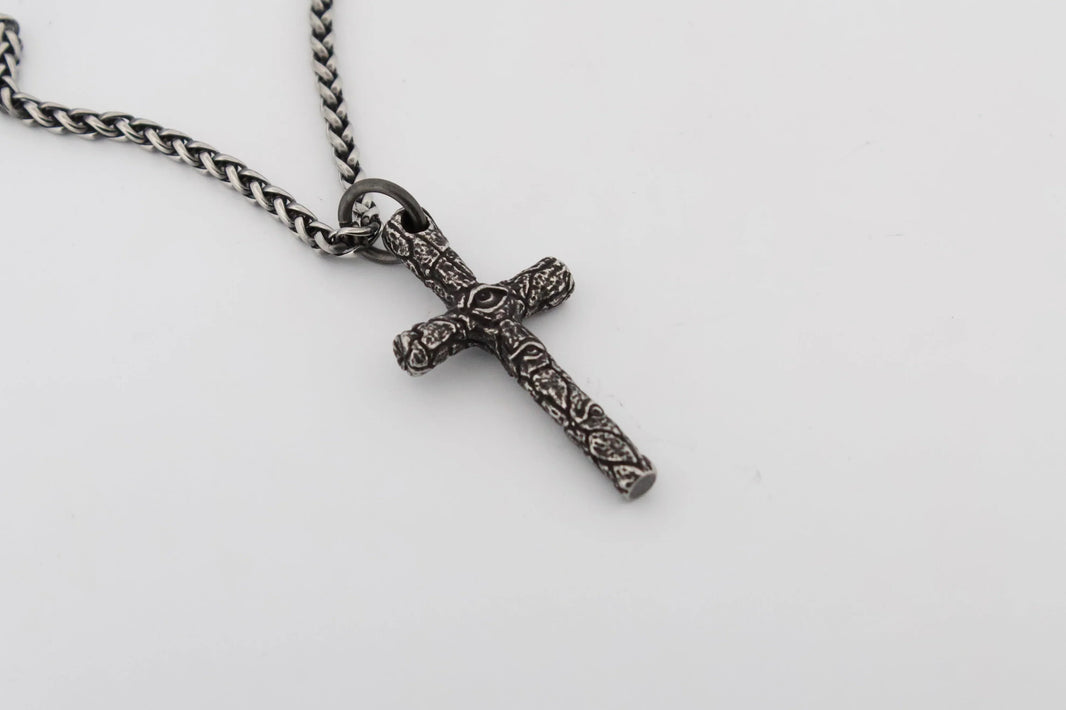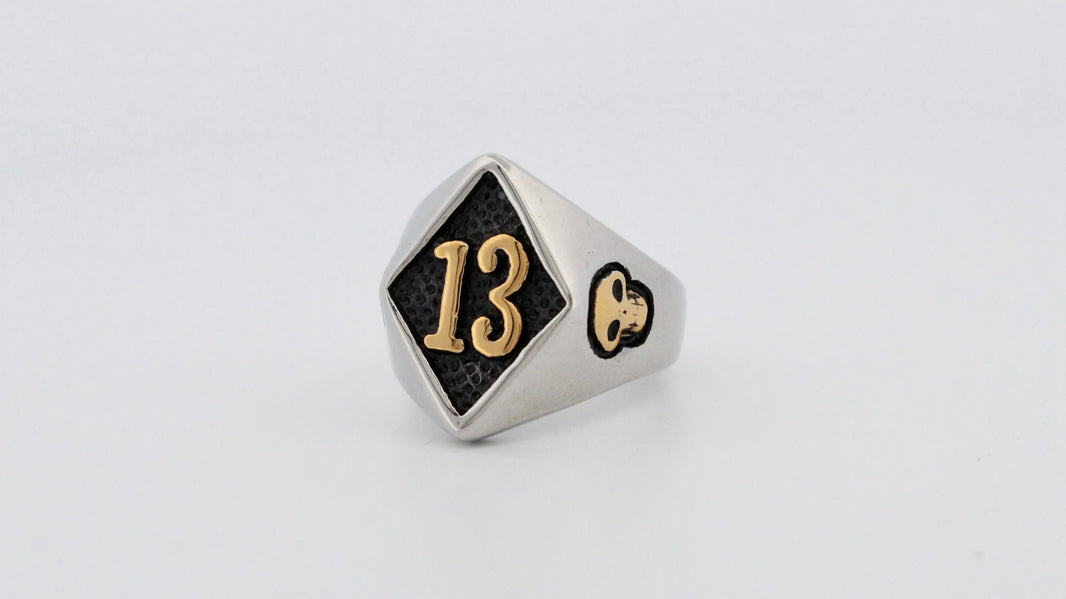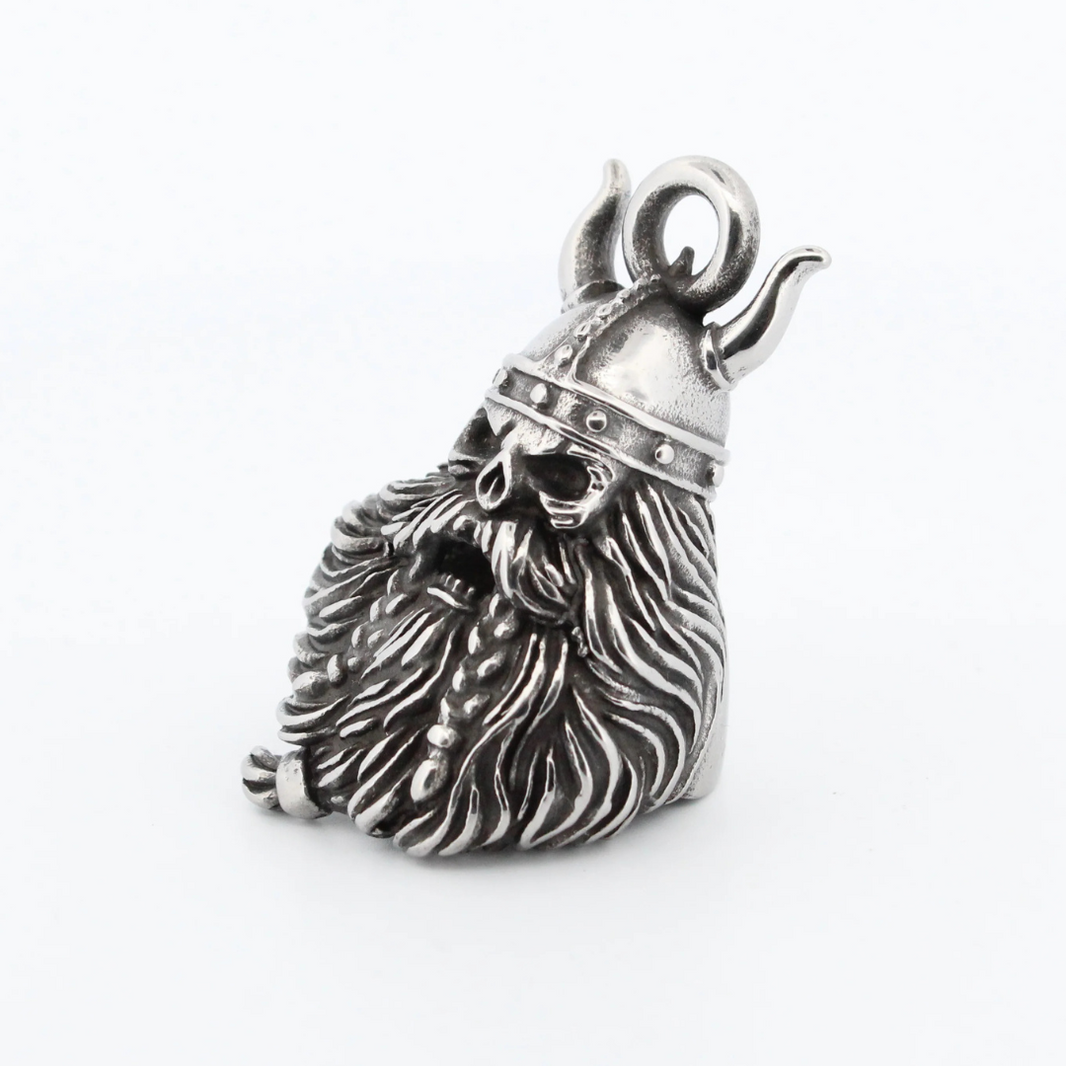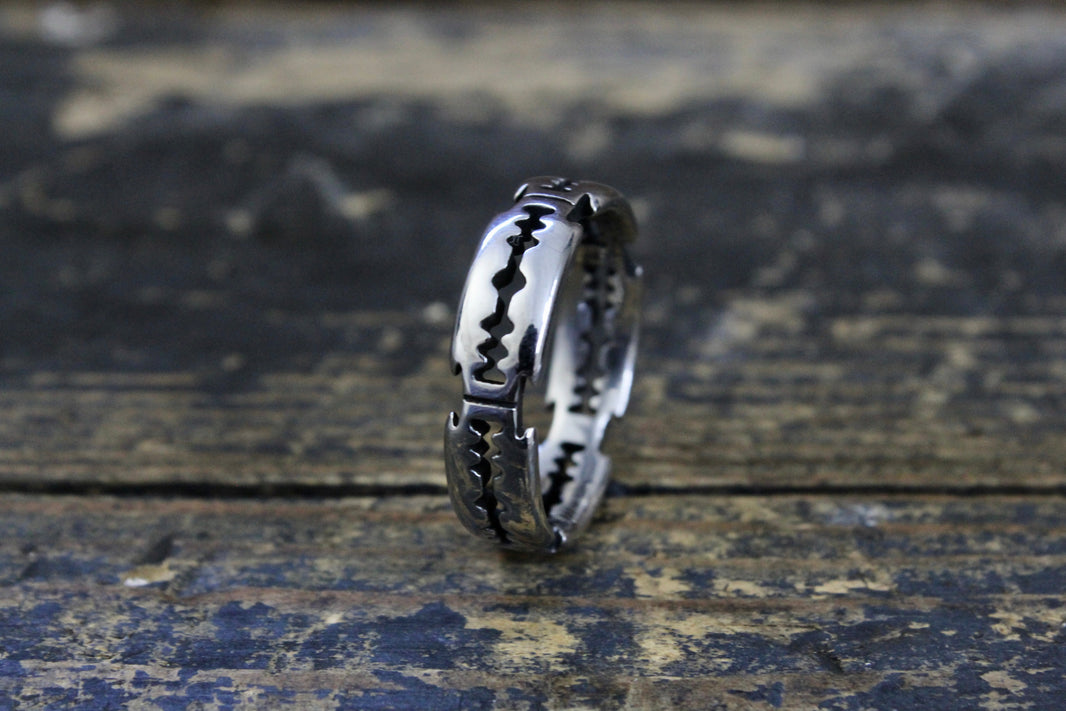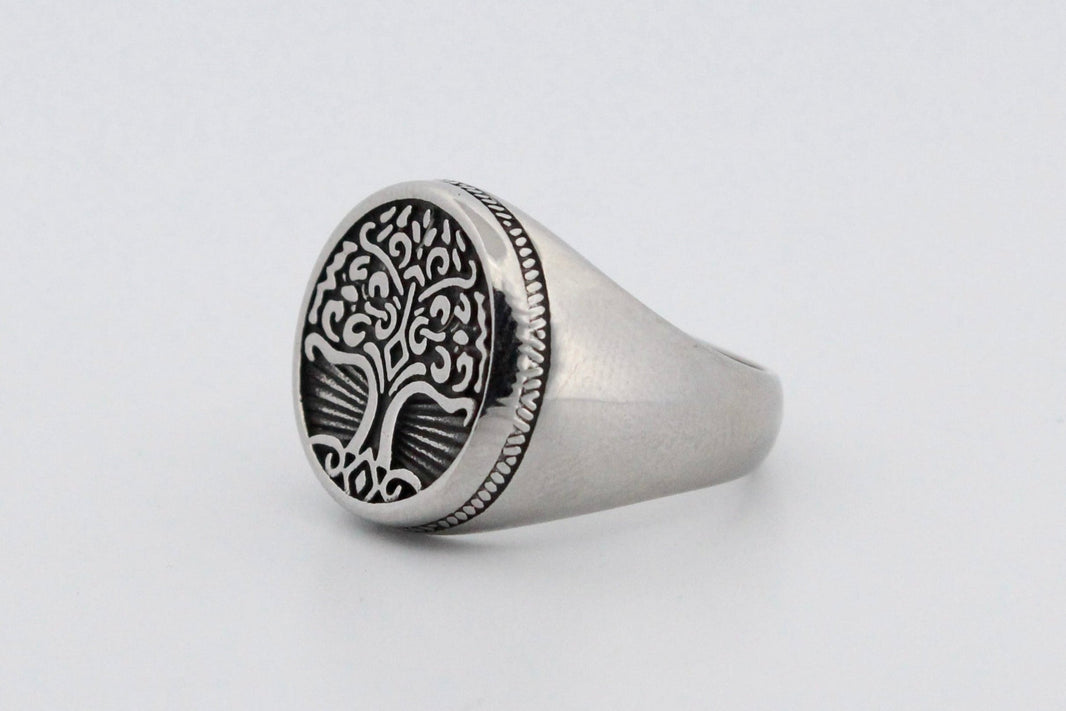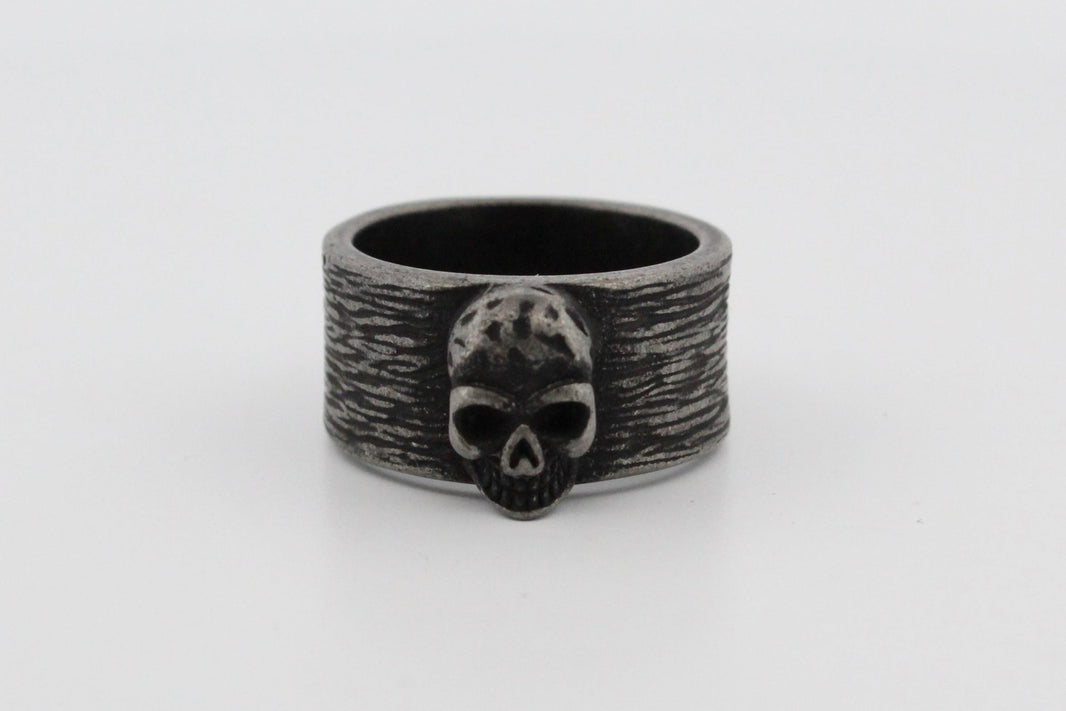The late great Lemmy Kilmister once sang that the only card he needed was the Ace of Spades, and to this day there has been a connection between this single card, renegades, outlaws and death, with stainless steel rings emblazoned with the symbol being particularly popular.
In recent years, it is usually linked to the Motorhead song of the same name, associated with death or at least living a life without fear of it.
The song references the dead man’s hand, a pair of black aces and eights that due to the murder of Wild Bill Hickok is the most commonly cited link between the card and death.
Some people believe this is where the reputation of the ace of spades itself as the death card came from, with American soldiers often leaving the ace on the bodies of dead Viet Cong during the Vietnam War as part of psychological warfare.
The reputation of the ace of spades as a card of death actually has older and somewhat more mundane origins.
The ace of spades has always been the most important and valuable playing card and historically would have a particularly beautiful and ornate design.
This was a legal requirement, as King James I of England (James VI of Scotland) and Queen Anne instituted laws surrounding stamp duty and playing cards, requiring that the printing house that made the cards included their insignia on the ace of spades itself.
Not paying taxes was at the time considered an act of forgery, which at the time was punishable by death.
The most famous case of this was that of Richard Harding, who was hanged in 1805 for making forged playing cards. Given that the forged aces were the piece of evidence that led to his conviction, this execution was likely the start of the connection between the ace and death itself.

